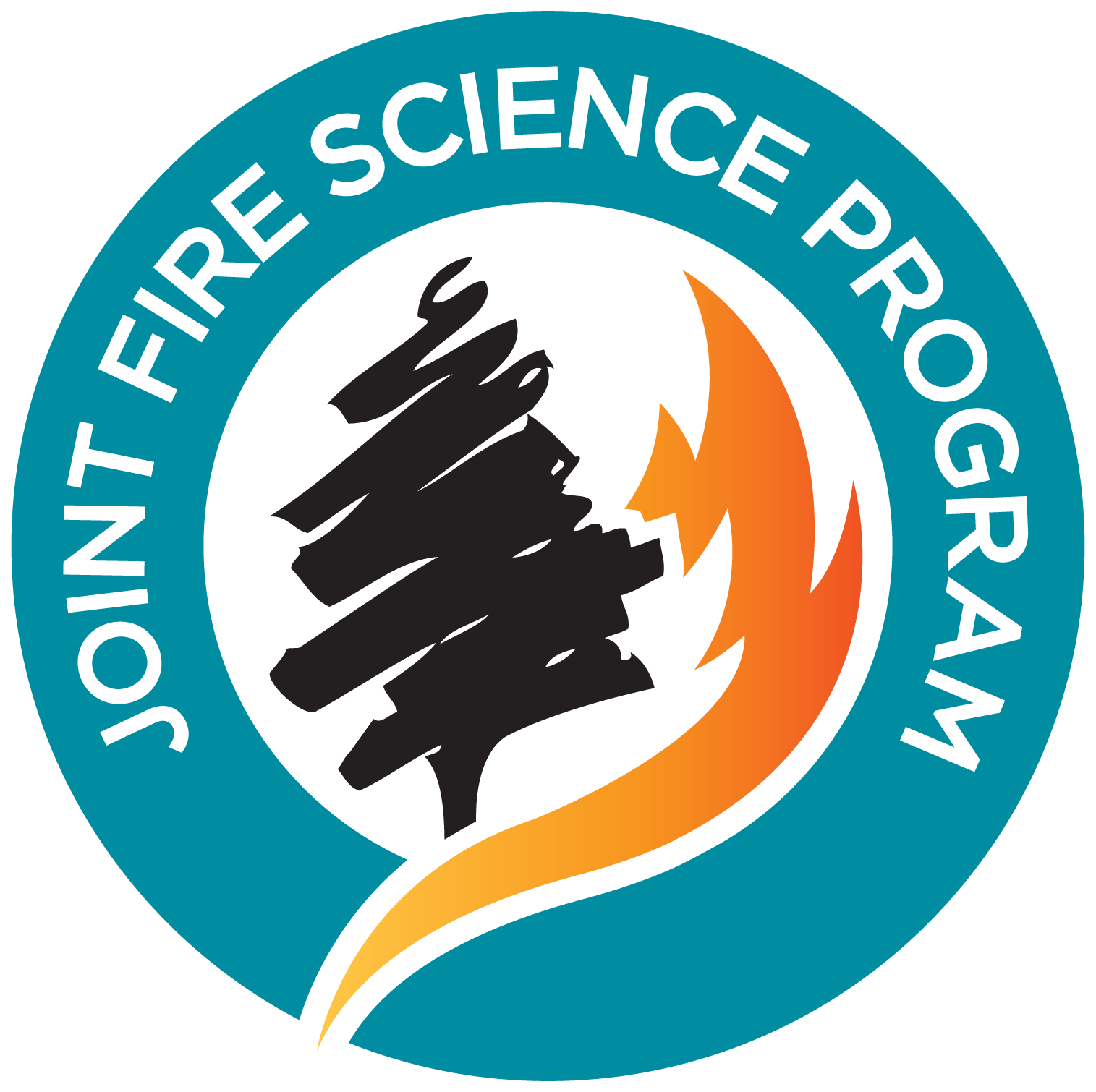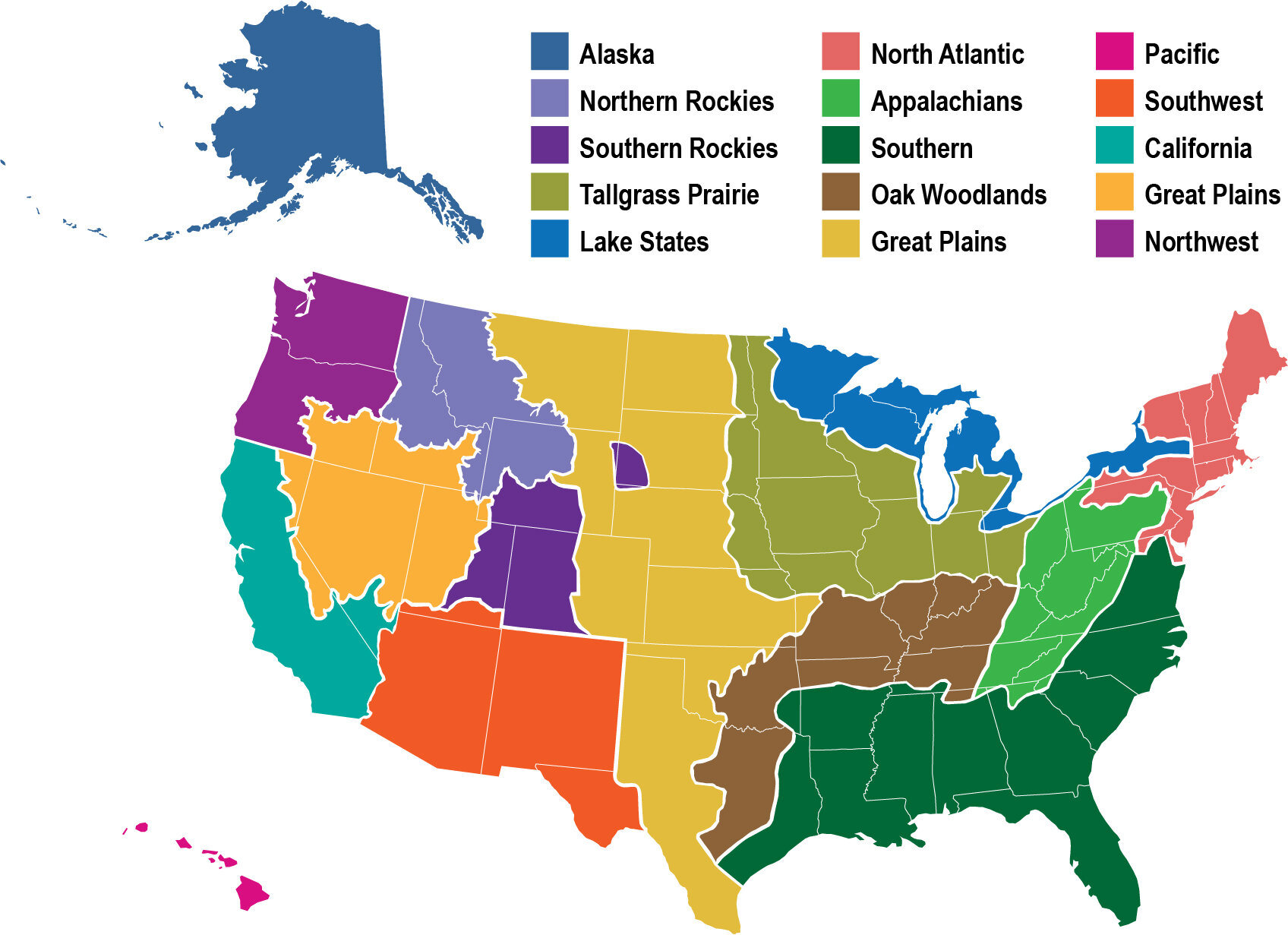Simulated Indigenous Management: A New Model for Ecological Restoration in National Parks: Journal Article
/"In this essay, we argue for a shift that emphasizes disturbances created by indigenous peoples in the pre-Columbian landscape. We believe that there are areas within various national parks where nature has been influenced by long-term Indian occupation, management and cultural resource management that would reconstruct indigenous disturbances and include approximations for those disturbances as means of restoring and maintaining park landscapes."
View Full Article PDF >



